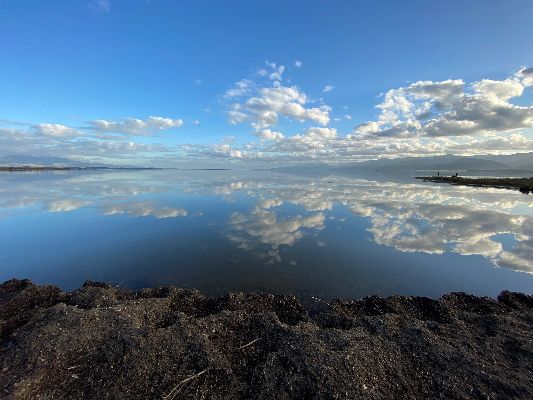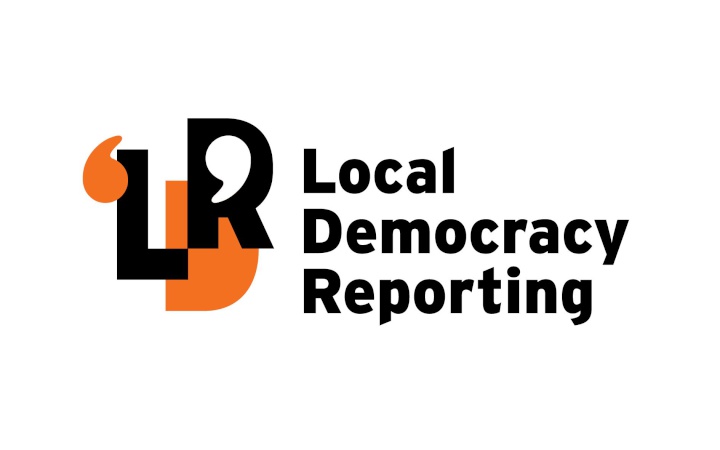A multi-million programme for environmental work across Wairarapa's waterways got the green light yesterday [Sunday].

Projects targeted on the Ruamāhanga catchment and the Wairarapa Moana Wetlands received a $10million injection from Greater Wellington Regional Council and central government.
It is hoped a number of jobs will be created with the investment, made up of $4million from the regional body and $6million from cabinet coffers.
This should help prevent floods and improve ecosystems on the upper Ruamāhanga, Waingawa and Waipoua rivers.
Further down the valley at Wairarapa Moana, funding is provided for 60ha of native planting, scaled up pest plant and animal control, extension of school and community group programmes, development of visitor facilities at Lake Domain and Lake Ferry, and increased environmental and cultural research and monitoring.
The money will boost employment in the region, while also "strengthening our resilience against floods, improving water quality and enabling a critical first step to managing the effects of climate change”, said Greater Wellington Chair Daran Ponter
“In the first instance this funding boost will bring forward works that will provide a much needed boost to employment in the region, while at the same time
Adrienne Staples, Wairarapa councillor and Greater Wellington Deputy Chair, said the Wairarapa Moana Wetlands funding is timely considering the Government’s application for Ramsar status.
The 1971 Ramsar convention is an international treaty on wetlands conservation.
It is named after the city in Iran where it was signed.
The Department of Conservation announced last month that the government has applied for Wairarapa Moana to join the convention.
Other DoC sites already subject to the treaty include three sites in Waikato, the Manawatu River estuary, Farewell Spit at the top end of the South Island, and wetlands in Southland.
“Wairarapa Moana is an important ecosystem of 10,000 hectares, home to indigenous fish, birds, and native plants," Staples said.
“We’ve learned a lot over the years working with landowners, iwi, local hapū, local authorities, and the community¬ in protecting this taonga [sacred treasure] and to restoring it back to health.
“Visitors from across New Zealand and the globe seek out this wetland to enjoy recreational activities, learn about the unique ecology and delve into its rich history. Raising the profile and value of wetlands like this will hopefully support the process of identifying and protecting more throughout the region.”
As Greater Wellington and other local authorities receive post covid-19 lockdown funds, Wairarapa's district councils remain waiting for news on their projects.
The three districts, Masterton, Carterton, and South Wairarapa, worked with GWRC on a wish list of programmes in April.
Hood Aerodrome in Masterton is among sites listed as works ready to go subject to funding through central government recovery money.



 Gordon Campbell: On The Government’s Epic Fails In Jobs And Housing
Gordon Campbell: On The Government’s Epic Fails In Jobs And Housing Richard S. Ehrlich: The Billionaire Who Could Not Be Stopped
Richard S. Ehrlich: The Billionaire Who Could Not Be Stopped Martin LeFevre - Meditations: Relations Between Canada And America Are At Their Lowest Point Since The American Revolutionary War
Martin LeFevre - Meditations: Relations Between Canada And America Are At Their Lowest Point Since The American Revolutionary War Ramzy Baroud: The Great March Of Hope - Gaza’s Defiance Against Erasure
Ramzy Baroud: The Great March Of Hope - Gaza’s Defiance Against Erasure Ian Powell: More UK Lessons For Labour Party In New Zealand
Ian Powell: More UK Lessons For Labour Party In New Zealand Binoy Kampmark: Why Fly In Europe? The Dark Triumph Of The Ryanair Effect
Binoy Kampmark: Why Fly In Europe? The Dark Triumph Of The Ryanair Effect